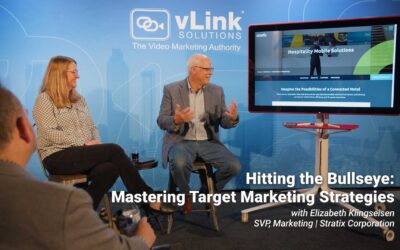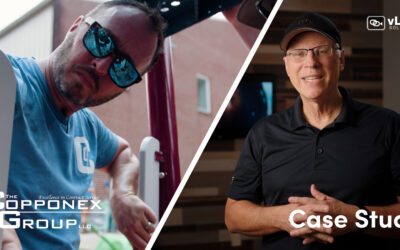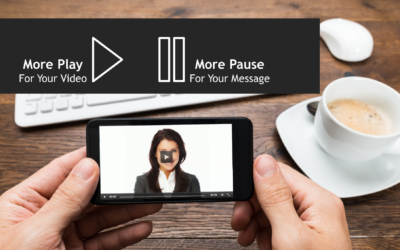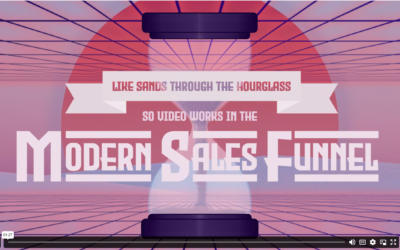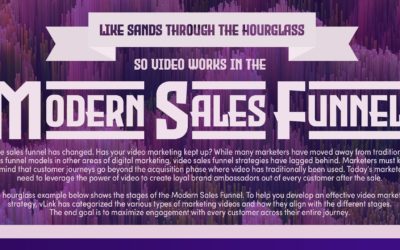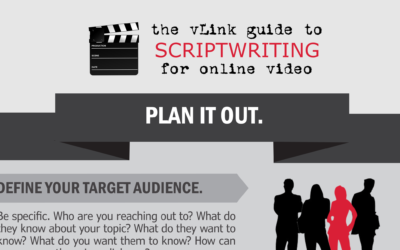
Published in Smart Meetings on 6/9/22.
The average price for a paid virtual event is $443. Are virtual attendees seeing value? It depends.
“To demand a fee, digital events must boast compelling content and a seamless experience. According to Kim Myhre, founder of Experience Designed, in “Attendees to Virtual Events: To Charge or Not to Charge?” published by the Virtua Events Institute. “Audiences will pay for quality content. We know this from the rapid growth in music, entertainment, and game-streaming subscription services. Organizers can, should, and will charge for virtual events, but they will need to be very high-quality experiences.”
Approximately 80% of virtual events are free, according to the Evolution of Events Report. With so many attendees used to free events, expectations are high for paid events.
“They [online audiences] are far less captive and will have increasingly high expectations around the quality and value of these experiences. Online events are easier to leave if the experience is not relevant, is uninteresting, or poorly produced,” notes Myhre.
So how do event and meeting planners make sure attendees see value in attending a hybrid event virtually?
Below are six ways to add value so virtual attendees feel a hybrid event is worth every dollar.
1. Include a Virtual Emcee
Your virtual audience will feel more engaged and seen if they have a dedicated emcee.
The emceeing for the virtual audience can be different from the on-stage emceeing for the in-person audience. The virtual emcee speaks directly to the virtual audience, providing a more personal experience for those that are not at the in-person event.
2. Give Backstage Access
It is impossible to allow hundreds or thousands of in-person attendees backstage, but you can give virtual attendees a peek backstage. While in-person attendees are settling into their seats before a program, provide virtual attendees with a backstage pass. Feature live interviews with speakers, entertainers and organizational leaders.
Show virtual attendees a behind-the-scenes look at what goes into planning and producing a program. Let virtual attendees see the rush of activity backstage as presenters get ready. Give virtual attendees a view from on-stage. Let virtual attendees have a private tour of the facility and gain access to spaces closed to the general public. A peek backstage goes a long way in helping virtual attendees feel valued.
3. Provide exclusive content
In-person attendees receive a lot of perks that virtual attendees might not, including gift bags, food and entertainment experiences. However, virtual attendees can have their own bonuses in the form of exclusive content. Exclusive content could include private Q&As with speakers, pre-event workshops or live interviews not available to in-person attendees. Exclusive content can be packaged into a daily show that is live-streamed from the event location each day.

4. Produce High-quality Video
A web camera and web conferencing platform are not enough to keep a paying virtual audience engaged. Paying virtual attendees expect more than the dreaded “screen share” webinar presentation. Instead, video content should be highly produced using multiple cameras and live switching between different camera angles and pre-recorded content.
Fill in-person transitions on stage with high-quality pre-recorded video so the pause is not awkward for the remote audience. Next-level virtual events also leverage moving shots and branded backgrounds. Live streamed video should include motion graphics, such as lower thirds, animated slides and picture-in-picture graphics. All streamed at full 1080DP up to 4K video.
5. Offer Private Networking
Networking connections are one of the most valuable components of an in-person event. Don’t let a paying virtual audience feel like they are on an island. Schedule structured networking opportunities for virtual attendees. Review the in-person run of the show to understand when to schedule virtual networking.
How will your virtual audience network during the lunch hour? Remember to flip-flop networking and tradeshow times for in-person and virtual audiences so that exhibitors will be available for both audiences. Allow virtual attendees to schedule online meetings with exhibitors throughout the event. Schedule specific times in virtual spaces for online attendees to network with each other.
6. Connect In-person and Virtual Audiences
Leverage web-based polling, surveying and Q&A tools to engage in-person and virtual audiences for feedback on presentations. By using the same tool, your entire audience feels more connected to each other and allows stage presenters to easily acknowledge both virtual and in-person attendees.
The more virtual attendees feel seen, heard and connected to other attendees, the more value they will perceive. In turn, perhaps 80% of events in the future will be paid and only 20% free.
Search vLink’s Resources, News, and Events
vLink Solutions is always adding new tips and tricks, case studies, infographics, and more.
5 Key Strategies for Making Live Streams More Engaging
Live streaming has gained popularity in recent years and has become a powerful tool for businesses and individuals to connect directly with their audiences and create a stronger sense of community. We’ve seen a level of interactivity and engagement that other forms of content cannot match, making it easier and faster to build a connection with viewers through engaging live streams.
6 Proven Storytelling Tactics to Boost Engagement in Video Marketing
Video marketing is an integral part of any successful marketing campaign. It allows businesses to reach a wider audience, connect with their target market, and create a lasting impression. We’ve seen this firsthand, but with so many businesses vying for attention, it can be challenging to stand out from the crowd.
This is where we see the power of storytelling playing a part.
vLink Insider Event Recap
We invited the vLink Insiders to our Marietta studio for an exclusive event with Elizabeth Klingseisen, Marketing SVP at Stratix. Founded in 1980, Stratix is the leader in mobile solutions for enterprises. Their Smart Mobile programs ensure their clients have the...
Onboarding Videos: A Powerful Tool for Building Company Culture – Case Study
We made a new friend in 2022: The Copponex Group. The Copponex Group is an exploding business that installs and restores playgrounds and all other amenities in the parks and recreation space. At the time that they approached us, they were experiencing a problem:...
vLink Featured by Sales & Marketing Management: “How to Align Video Throughout the Customer Journey”
“The traditional funnel takes a company-centric approach that’s often focused too much on net-new growth. In reality, customers can fall out of a funnel at any time. That includes post-sale, too! It’s up to us – the marketing team – to provide a safety net of customer-centric actions that fall across all functions to keep them as a customer,” said Pedowitz.
5 Video Types To Create Brand Advocates
Video marketing is an effective way to engage customers and build brand awareness. With the popularity of video content on websites and social media, businesses should be leveraging video marketing to turn customers into brand advocates after the purchase.
Interactive Video Lets the Viewer Drive the Story – Case Study
Stratix Corporation creates and manages mobility programs to transform mobile support for some of the most iconic brands around the globe. We are always excited to work with them. Recently, they challenged us to create a series of interactive videos that show various...
How to Create Video That Will Make Viewers Pause and Stop The Scroll
Is your video content pause-worthy? If not, your company is missing out. At vLink Solutions, we developed a method called PAUSE Planning℠ to create binge-worthy content strategies for our clients.
The Modern Sales Funnel for Video Marketing
The sales funnel has changed. Has your video marketing kept up? With so many customer journey models, it is challenging for marketers to know when and how to use video effectively in their company’s model.
Leveraging a Third-person Voice – Case Study
LeasePlan is one of the world’s leading fleet management and driver mobility companies, with over 1.8 million (oops Scott said 18 million) vehicles under management in more than 30 countries. Their U.S. headquarters is in Alpharetta, Georgia, and has been a vLink...
Humor Works for Revegy – Case Study
It’s always a good day when our friends over at Revegy, creators of an account-based sales execution platform, give us a call to produce some content. They were in search of a fun and entertaining way to highlight and overview their software using visuals and...
Discover the Modern Sales Funnel: Infographic
vLink Solutions designed this modern sales funnel and infographic as a roadmap for businesses and organizations looking to leverage video marketing.
The vLink Guide to Scriptwriting for Online Video: Infographic
So you want to make a video to support a new product, program or campaign? Video marketing can be the most effective way to reach your audience. According to Business Insider, the number of people watching videos online reached 244.4 million in 2020 and is only going...
3 Steps to Make Your Video Scripts Irresistible
Scriptwriting is one of the most important steps of the video production process. It is also the step that we find companies struggle with the most. While many adults have been schooled in writing, script writing is a different skill altogether. Poor script writing...
Elevate Your Virtual Events to Engage Seven-Figure Clients and Prospects
This article was published in CMW on 4/27/22. Webinars are standard fare for general audiences, but how do you host virtual events that engage clients and prospects representing millions of dollars in potential revenue? At this level, the game changes. Expectations...
How Hybrid Events Have Evolved—and 9 Ways to Prepare for What’s Next
We asked 11 top event professionals for a widespread view of what works now in hybrid event production—and what needs to happen to make this an effective, long-term event format.



